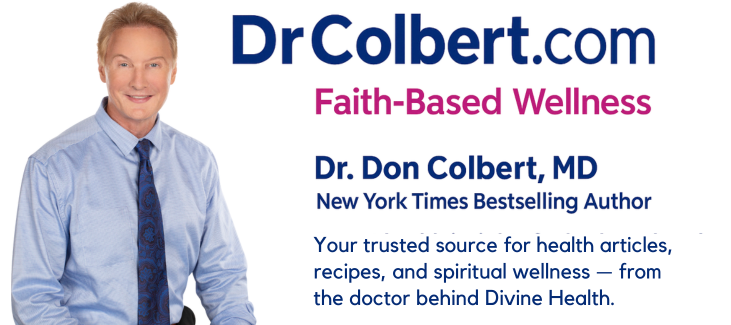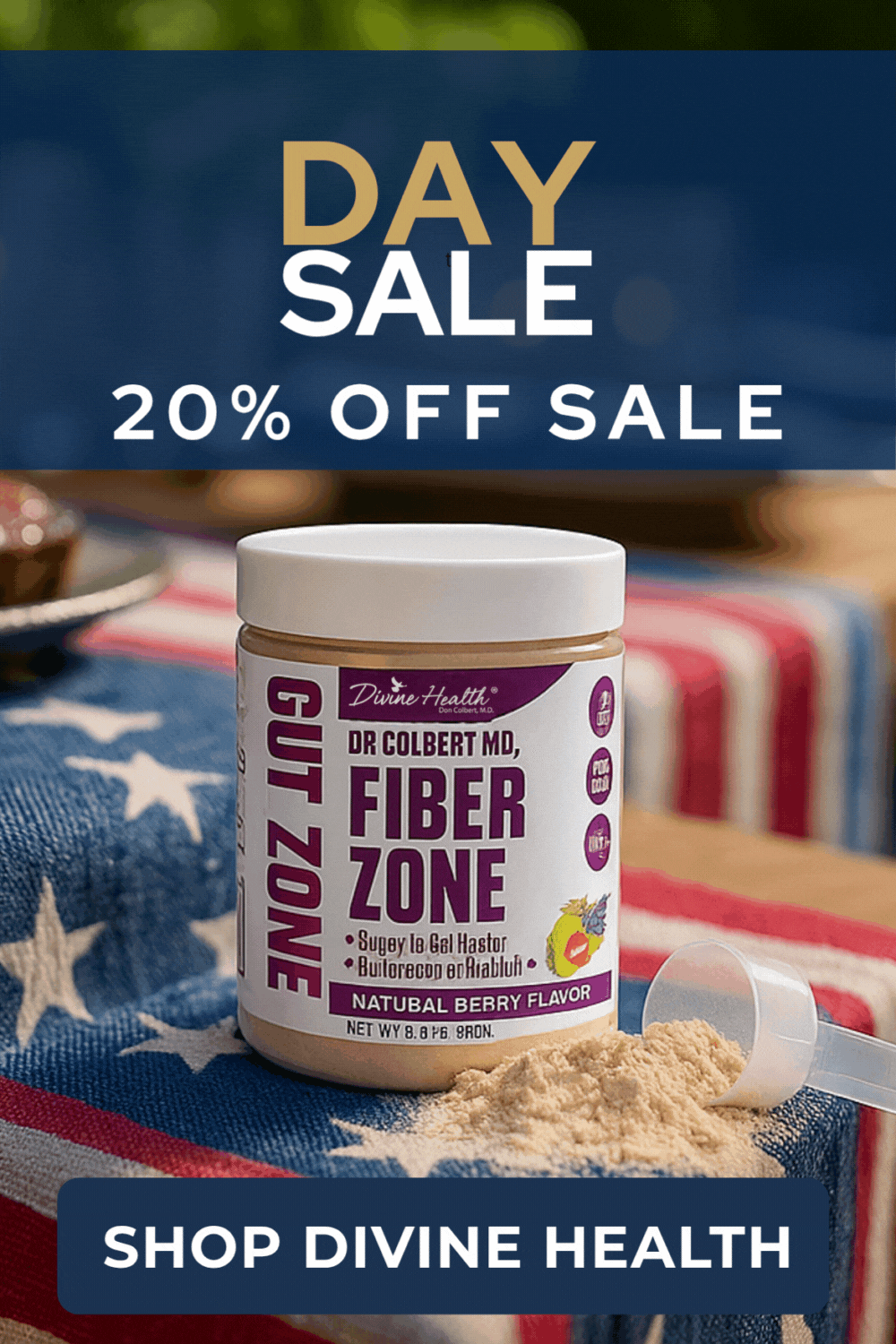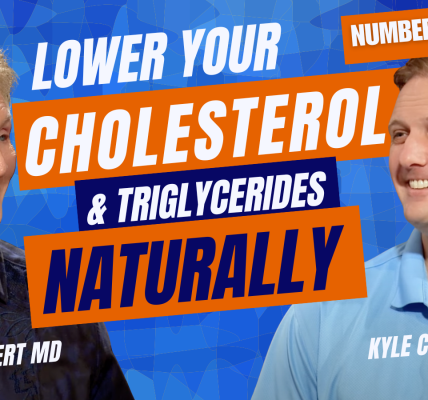With the rise of the Keto Zone diet comes the fall of the “fat makes you fat” myth. Keto goes on to prove that fat can help you lose weight, giving relief to those who fell for unhealthy low-fat or fat-free diets.
These diets weren’t all wrong, however, as some fats should be avoided, even on keto. This begs the ultimate question: which fats are good, and which are bad? You can find all of your answers here in this comprehensive guide to fat on the Keto Zone.
Healthy Keto Zone Fats
Thankfully, there are more healthy fats than bad, giving you plenty of sources to choose from to reach your 70% intake on keto.
Saturated Fats
Saturated fats are still a controversial topic, but studies show there’s no direct link from this fat to concerning health problems. (1) In fact, they actually show it can improve cholesterol, protect bone density, support the immune system, and maintain proper hormone creation. (2,3,4,5)
In the keto world, medium-chain triglycerides (MCT) are one of the most popular forms of saturated fat. They’re easily digestible and can provide almost instant ketone energy. You can find MCT in coconut oil, or for an easier fix, use Keto Zone MCT Oil Powder in your coffee for a quick energy pick-me-up.
Healthy keto saturated fat sources:
- Organic Red Meat
- Grass-fed Butter
- Cocoa Butter
- Organic Eggs
- Organic Heavy Cream
- Lard
- Ghee
For the ultimate saturated fat fix, try this Health-Boosting Dessert: Keto Zone MCT Oil Powder Double Chocolate Ice Cream!
Monounsaturated Fats
Monounsaturated fats (MUFAs) don’t have a bad rap like their saturated counterparts. Instead, these fats have been healthily accepted for hundreds of years as a key staple of the Mediterranean diet. Consuming them has been linked to lower cholesterol, lower blood pressure, better insulin resistance, and a reduced risk for heart disease. (6,7,8,9)
Healthy keto monounsaturated fat sources:
- Extra Virgin Olive Oil
- Cashews
- Pecans
- Lard
- Organic Bacon
- Organic Avocados
- Avocado oil
- Organic Peanut Butter
- Fatty Fish
- Chia Seeds
Here’s another great fat-filled recipe to make tonight! Low-Carb Avocado Beef Lettuce Wrap Tacos.
Polyunsaturated Fats
Polyunsaturated fats (PUFAs) can decrease your risk of autoimmune disorders, inflammatory diseases, cardiovascular disease, stroke and even aid symptoms of mental illnesses like depression and ADHD. (10,11,12)
On the other hand, you have to pay attention to how you use them. When some PUFAs like vegetable oil are heated or oxidized, they can create free radicals, which in turn, creates inflammation and a higher risk of cancer and heart disease. (13) Don’t cook with them and try to avoid these dangerous sources in general:
- Corn Oil
- Canola Oil
- Soybean Oil
- Safflower Oil
- Sesame Oil
- Generic Vegetable Oil
- Margarine
Instead, use these healthy keto polyunsaturated fat sources:
- Extra Virgin Olive Oil
- Flax Seeds
- Flaxseed Oil
- Walnuts
- Fatty fish
- Fish oil
- Sardines
- Mackerel
- Sunflower seeds
For a more in-depth breakdown of which oils to cook with, read Healthiest Oils to Cook with Every Day: High vs. Low Heat
Unhealthy Keto Zone Fats
Now that you know which fats are good, it’s time to reveal the bad.
Trans Fats
Alongside some polyunsaturated fats on the naughty list are artificial trans fats. These fats come from the processing of PUFAs, where they’re heated or altered, and have been shown to increase the risk of inflammation, heart disease, cancer, Type 2 diabetes, bad cholesterol, obesity, inflammation, and poor gut health. (14,15)
Trans fat sources:
- Hydrogenated and Partially Hydrogenated Oils found in processed foods like crackers, cookies, and fast food
- Soybean Oil
- Canola Oil
- Cottonseed Oil
- Safflower Oil
However, just like polyunsaturated fats, trans fats also have a healthy exception: naturally occurring trans fats. These fats are not genetically modified or processed in any way and are found in foods like grass-fed meat and organic dairy fats.
Their benefits go on to prevent heart disease, obesity, diabetes, and cancer. (16) So, if you see trans fats on your keto zone-friendly food labels, not to worry! It’s probably vaccenic acid, the healthy kind of trans fat.
Bottom Line
The rules of thumb:
- Saturated fat is good for you, especially MCT Oil. (Shop Keto Zone MCT Oil Powder and more products here!)
- Monounsaturated fat is good for you.
- Polyunsaturated fat is good for you, as long as you avoid certain processed kinds.
- Trans fats are bad for you, except for the naturally occurring in grass-fed meats and organic dairy.
Hopefully, this guide led you to better understand the ins and outs of Keto Zone fats and why they’re important to not just ketosis, but to your overall health. For even more info, check out Keto Myths Busted, Part 2: Dietary Fats.














